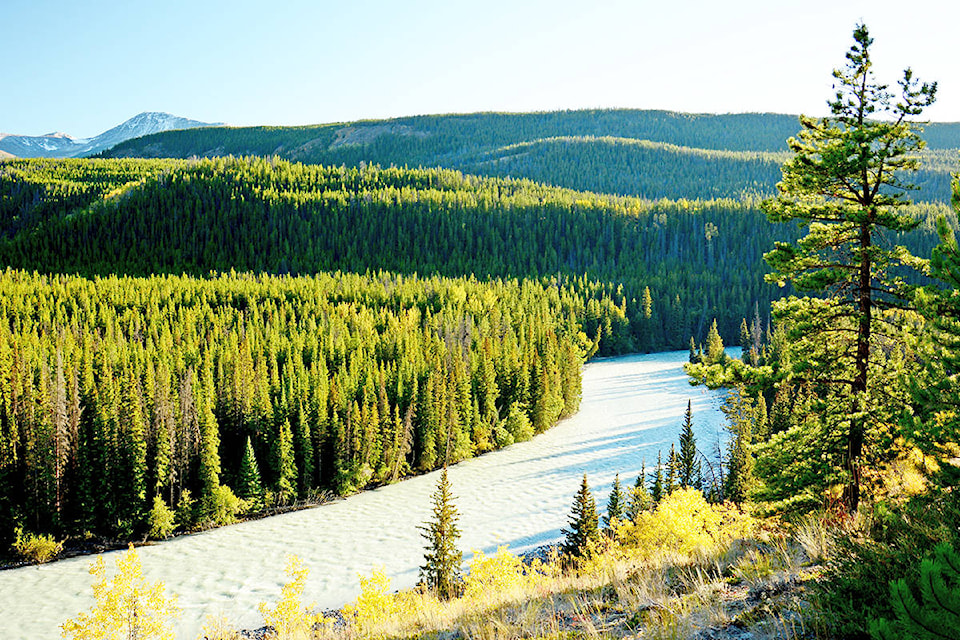On June 6, 2018, I attended a meeting at the Community Arts Center (old fire hall) dealing with the Dasiqox Tribal Park proposal (DTP). It was hosted by two proponents, Yunesit’in (Stone) and Xeni Gwet’in (Nemiah) who had a slide presentation and a number of handouts explaining their vision. During the discussion period I think most of the 25-plus attending were supportive of an approach that meets the needs of the First Nations following the Supreme Court Judgement (SCJ), Case 34986.
The DTP summary document made available at the meeting had a section on “sustainable livelihoods” which listed the following: “capacity is built for a sustainable local economy, cultural and ecological tourism, outdoor recreation opportunities are built and include other entrepreneurial ventures.” Also mentioned was the creation of value-added economic initiatives for forestry. It is emphasized that any forestry activities are “not subject to industrial-scale resource use or extraction.” A map showed that the Dasiqox Tribal Park proposal contains considerable land outside of the area of the court decision (i.e. cross hatched areas) which might mean the provincial government could look at an existing tenure on the area outside of the court decision.
It may be helpful to review some of the wording from the SCJ. “In 1983, B.C. granted a commercial logging licence on land considered by the Tsilhqot’in to be part of their traditional territory. The band objected and sought a declaration prohibiting commercial logging on the land.” The objection was to “commercial” scale logging so the goal is to implement a forest practice that supports local forestry jobs and still meets concerns about past forest practices in the area.
The plan must also recognize that the province has the mandate to still carry out some practices as per the SCJ wording. “General regulatory legislation, such as legislation aimed at managing the forests in a way that deals with pest invasions or prevents forest fires, will often pass this test and no infringement will result.” I think this is an excellent opportunity for DTP proponents to hear from other communities that are trying to implement wild fire proofing strategies to minimize the future impacts from fires such as occurred in 2017.
It has been suggested that some form of area-based tenures adjacent to human settlements may be the best long-term solution to dealing with ongoing maintenance in wildfire protection areas.
A review of the DTP proposal on Google Earth shows extensive logging has already occurred and the term commercial (industrial) forest practices no doubt refer to the large clear cuts with the associated cull piles which are usually burned or road wash outs and any number of impacts.
Forest planning involves a delicate balance between developing structures which will access future timber while at the same time minimize impact on the landscape. The smaller the blocks the greater the ratio of roads relative to the timber removed. Greater use of patches, deciduous trees and thinned areas along with using smaller more sensitive logging equipment like forwarders and horse logging may achieve lower impact harvesting, but in general will be more expensive than traditional logging practices. The good news is these more sensitive practices usually mean more jobs per cubic metre harvested which would meet some of the objectives of the tribal park.
Jim Hilton is a professional agrologist and forester who has lived and worked in the Cariboo Chilcotin for the past 40 years. Now retired, Hilton still volunteers his skills with local community forests organizations.

